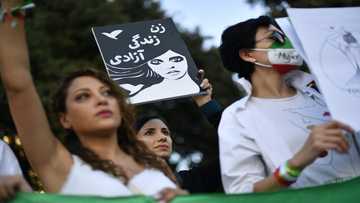Iran says Mahsa Amini died of illness rather than 'blows'
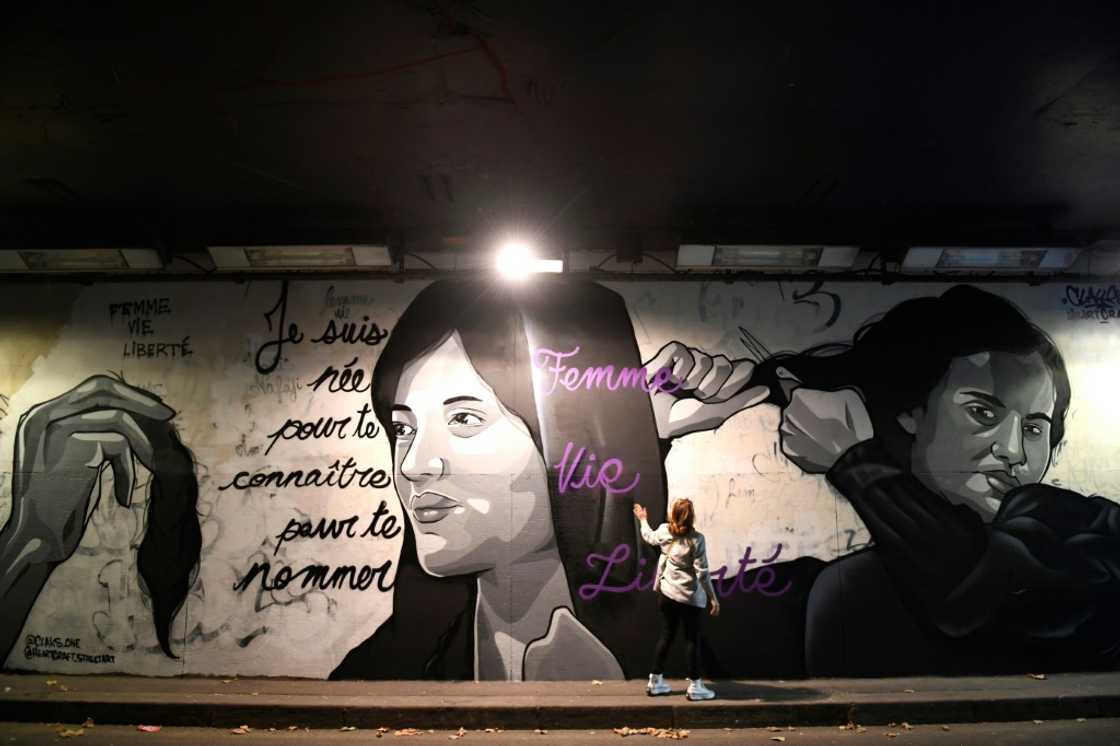
Source: AFP
PAY ATTENTION: Сheck out news that is picked exactly for YOU ➡️ find “Recommended for you” block on the home page and enjoy!
Iran said Friday an investigation into the death in custody of Mahsa Amini found she lost her life to illness rather than reported beatings that sparked three weeks of bloody protests.
Amini, 22, died on September 16, three days after falling into a coma following her arrest in Tehran by the morality police for allegedly breaching the Islamic republic's strict dress code for women.
Anger over her death has sparked the biggest wave of protests to rock Iran in almost three years and a crackdown that has killed dozens of protesters and seen scores arrested.
Despite the security forces' use of lethal force, the women-led protests have continued for 20 consecutive days and nights, according to online videos verified by AFP.
Iran's Forensic Organization said Friday that "Mahsa Amini's death was not caused by blows to the head and vital organs and limbs of the body".
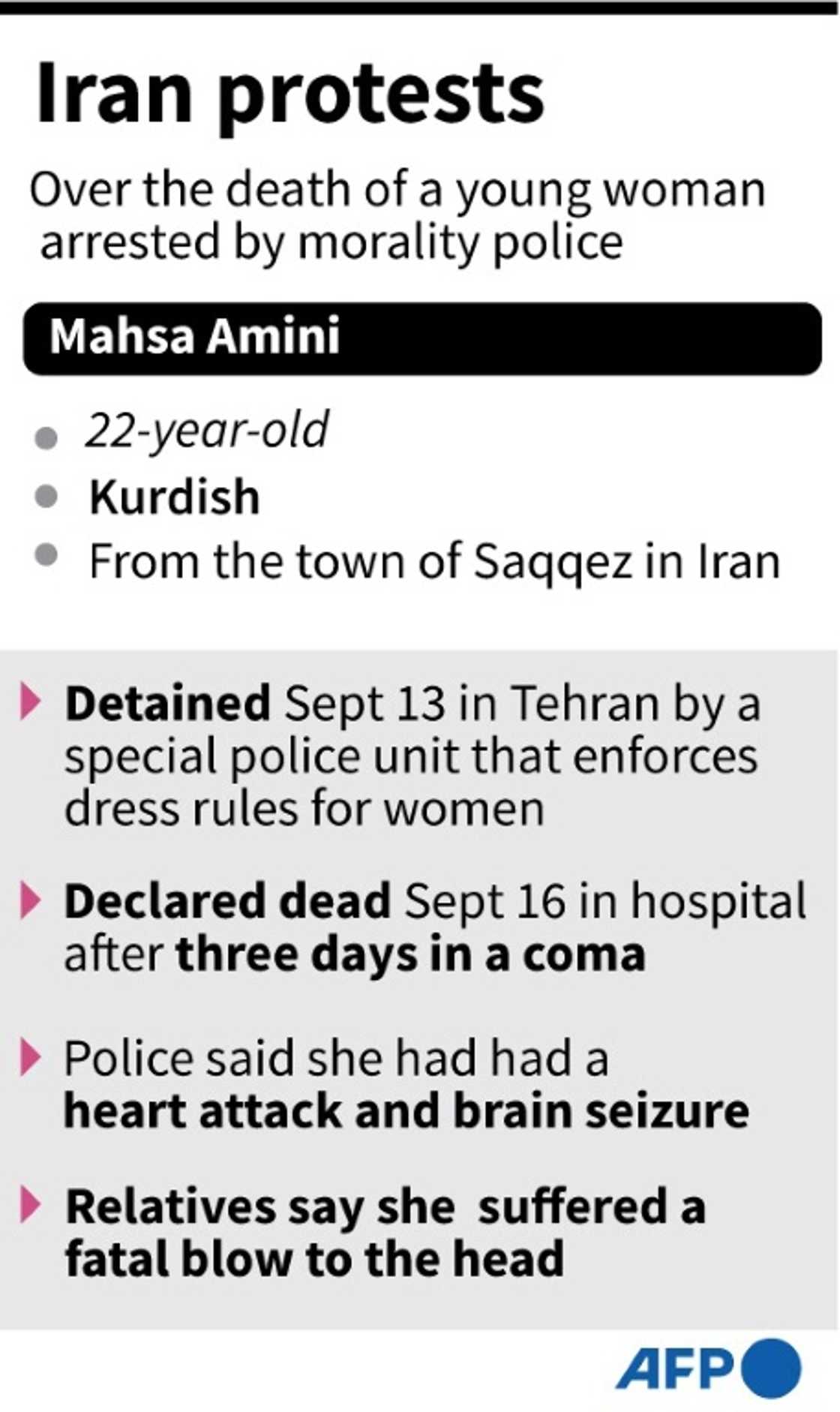
Source: AFP
PAY ATTENTION: Follow us on Instagram - get the most important news directly in your favourite app!
The death of Amini, whose Kurdish first name is Jhina, was related to "surgery for a brain tumour at the age of eight," it said in a statement.
Amini's bereaved parents have filed a complaint against the officers involved, and one of her cousins living in Iraq has told AFP she died of "a violent blow to the head".
Other young girls have lost their lives at the protests, but Amnesty International says Iran has been forcing televised confessions out of their families to "absolve themselves of responsibility for their deaths".
'Suicide'
The mother of 16-year-old Nika Shahkarami, who died after going missing on September 20, insisted on Thursday she was killed by the state after joining an anti-hijab protest in Tehran.
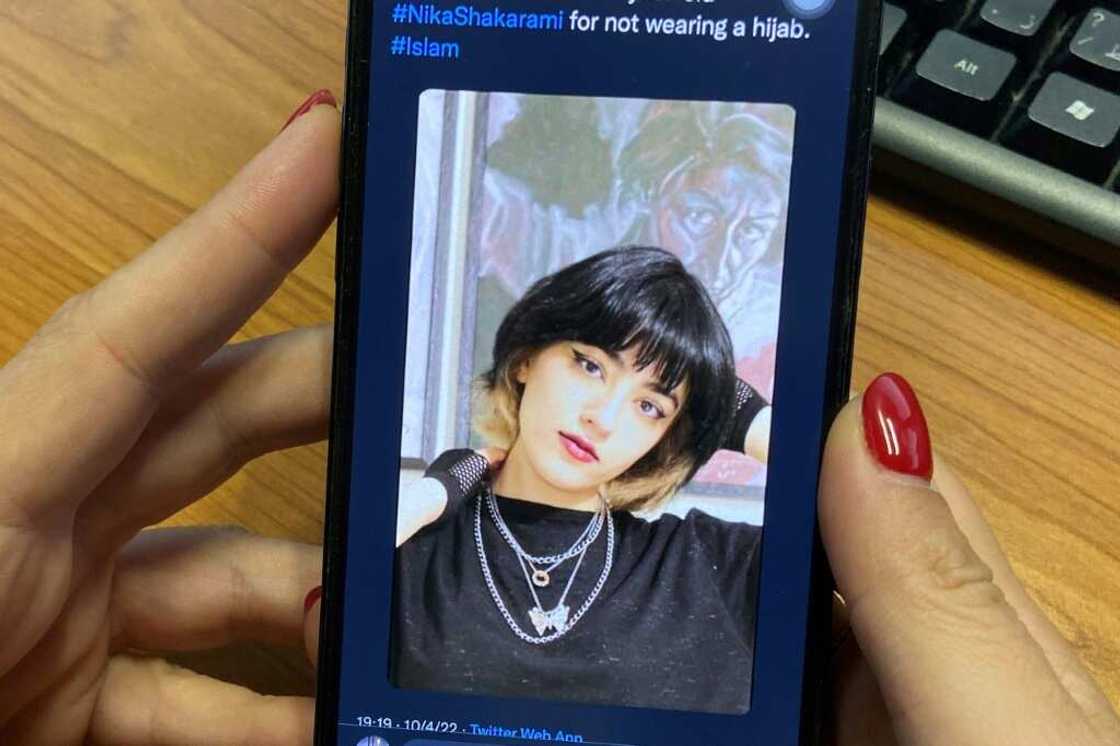
Source: AFP
Nasrin Shahkarami also accused the authorities of threatening her to make a forced confession over the death of her 16-year-old daughter Nika.
"I saw my daughter's body myself... The back of her head showed she had suffered a very severe blow as her skull had caved in. That's how she was killed," she said in a video posted online by Radio Farda, a US-funded Persian station based in Prague.
Iran has since denied reports its security forces killed another teenage girl, Sarina Esmailzadeh, at a rally in Karaj, west of Tehran.
Its website quoted a prosecutor as saying an investigation showed Esmailzadeh, 16, had "committed suicide" by jumping from a building.

Source: AFP
In a widening crackdown, Iran has blocked access to social media, including Instagram and WhatsApp and security forces have rounded up high profile supporters of the movement, including journalists and pop stars.
Protesters have sought ways to avoid detection, with schoolgirls hiding their faces while shouting "Death to the dictator" and defacing images of Iran's supreme leader Ayatollah Ali Khamenei, in verified videos.
Other footage has shown people chanting the protest catchcry "Woman, Life, Freedom" from their apartment windows under the cover of night.
Another form of protest emerged on Friday morning, with fountains in Tehran appearing to pour blood after an artist turned their waters red to reflect the bloody crackdown.
'Toll far higher'
The street violence that ensued across Iran, dubbed "riots" by the authorities, have led to dozens of deaths -- mostly of protesters but also of members of the security forces.
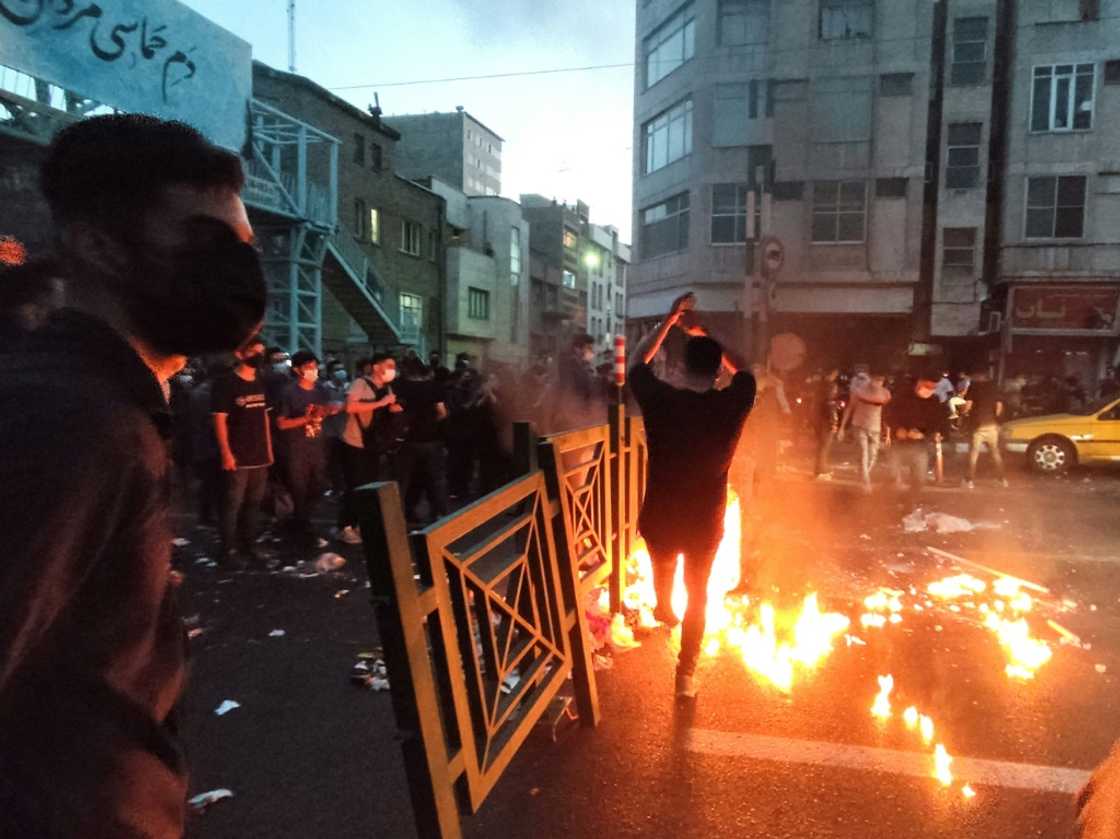
Source: AFP
Oslo-based group Iran Human Rights says at least 92 protesters have been killed so far in the crackdown.
Iranian security forces have rounded up high profile supporters of the movement, including activists, journalists and pop stars.
Despite such measures, the demonstrations have continued in cities and towns across the Islamic republic.
"Death to the dictator," a group of young women can be heard chanting in the northern city of Rasht in a video posted online Thursday and verified by AFP.
Other verified footage shows women shouting "Azadi", Persian for freedom, and clapping loudly as they march down a street in the city of Qods, west of the capital.
Amnesty International has verified the deaths of 52 people killed by Iran's security forces, but says it believes the "real death toll is far higher".
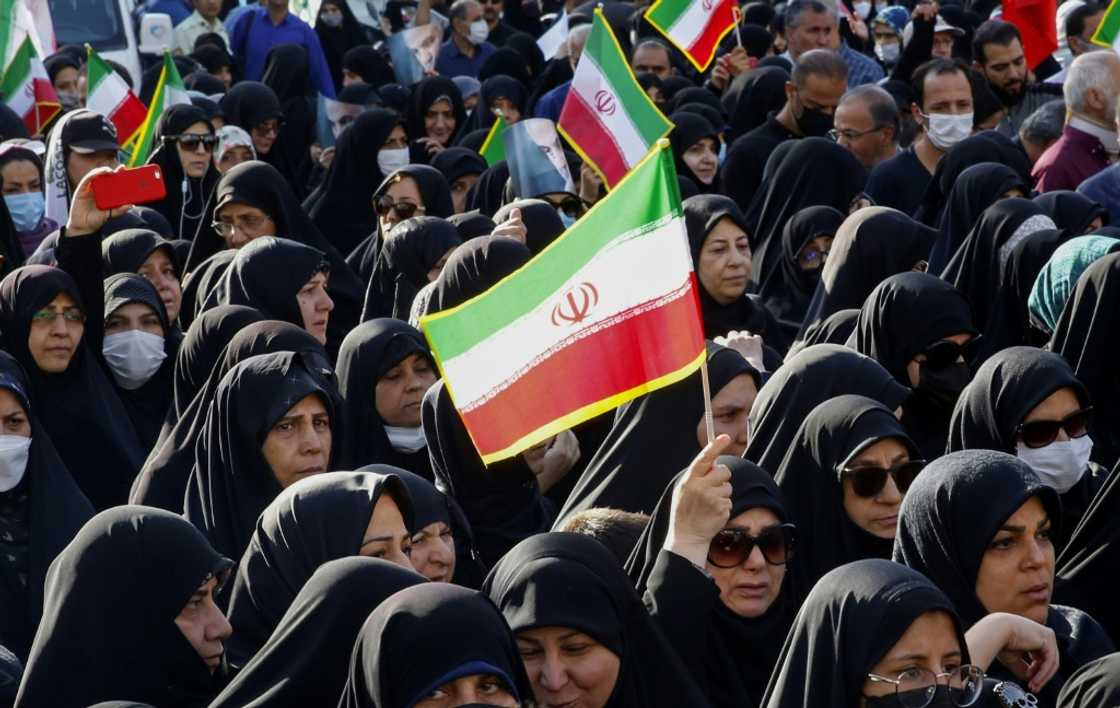
Source: AFP
In a statement issued a week ago, it said Iran was intentionally using lethal force to crush the women-led protests.
It said it had obtained a leaked document issued to armed forces commanders in all provinces on September 21 ordering them to "severely confront" protesters.
Another leaked document showed the commander in Mazandaran province told forces to "confront mercilessly, going as far as causing deaths, any unrest by rioters and anti-revolutionaries".
New feature: Сheck out news that is picked for YOU ➡️ find “Recommended for you” block on the home page and enjoy!
Source: AFP


